The Seat Leon – also known as the Seat León in Spain – is a compact hatchback, which has been around since 1998. Now in its fourth generation (2020 till present), the Leon has the option to be fitted with a battery pack and an electric motor, making it the first to be offered as a plug-in hybrid (PHEV).
The Leon e-Hybrid shares many similarities with its Volkswagen siblings – the VW Golf, Skoda Octavia and Audi A3, which are all built on the same MQB Evo platform. After reviewing the aforementioned Audi, we found it to be a competent PHEV – the question is: how does the Leon e-Hybrid compare?
If you’d prefer to watch a review of the Seat Leon e-Hybrid, head on over to our YouTube channel.
Seat Leon e-Hybrid price & competition
The regular Leon SE starts from £20,405, but the e-Hybrid is available from the FR trim and above, where prices start from £32,835. The Audi A3 TFSI e costs roughly the same for the base trim ‘Sport 40 TFSI e S tronic’ trim – both vehicles’ prices fluctuate regularly, where you might even find the Audi is cheaper, especially if you get it on finance.
What doesn’t change, however, is the heightened level of equipment that comes as standard on the Seat Leon e-Hybrid – they are, as followed:
- 1.4-litre engine and 85 kW motor that combined output 150 kW (201 hp) of power, 350 Nm of torque and claimed to achieve 62mph from a standstill in 7.5 seconds
- Front-wheel-drive system with 6-speed automatic transmission
- 12.8 kWh battery pack that’s claimed to last 38 miles on a single charge (WLTP test cycle)
- LED headlights with dynamic turn signals and high beam assist
- Daytime running light with automatic headlight control
- 17″ Dynamic tri-spoke alloy wheels with sports suspension
- Electrically adjustable, heated and folding side mirrors
- Front 12V socket and four USB Type-C ports
- 10″ infotainment system with Android Auto and Apple CarPlay
- 10.25″ ‘Digital cockpit’ instrument cluster
- 7-speaker audio system
- Wireless phone charger
- Manually-adjustable front seats
- Front and rear armrest
- Three-zone climate control
- Illuminated front-door sill
- Safety system include: Front & rear parking sensors with Park Assist, Auto hold assist, Tiredness recognition system, Front Assist, Traffic Jam Assist featuring Adaptive Cruise Control and Lane-Keeping System
Move up to the FR Sport at £34,395 and you get the following added on top:
- 18″ Performance machined alloy wheels
- Interior Wraparound lighting
- Dynamic headlight range control
- Dark-tinted rear windows
- Heated front seats
- Leather, heated steering wheel
- Microsuede upholstery
- Powered driver seat with memory and manual height adjustment for the front passenger
Switch to the Xcellence trim at £34,880, and you get:
- 17″ alloy wheels
- LED Headlights with dynamic turn signals, LED taillights and rear fog lights
- Separate daytime running light with automatic headlight control
- Rearview camera
Finally, the Xcellence Lux at £36,060 comes with the following:
- 18″ Aerodynamic Performance alloy wheels
- Leather upholstery
- Virtual pedal with electric tailgate
- Predictive cruise control
It’s great to see that a lot of features come as standard on the base-level trim of the e-Hybrid; this also includes the choice of colours. Unlike the Audi A3 TFSI e, the Spanish automaker offers eight different finishes at no extra cost: the non-metallic Emocion Red or White; the Metallic Mystery Blue, Magnetic Grey, Midnight Black, Nevada White or the pictured Urban Silver; and the Premium Metallic Reside Red.
Read next: A list of our favourite phone holders
Aside from the Audi A3 TFSI e, there are a few plug-in hybrids on the market to consider: the VW Golf MK8 GTE at £35,960, the Mercedes A 250 e at £32,980, and the saloon-sized Skoda Octavia iV at £33,150.
Apart from PHEVs, there are a plethora of all-electric hatchbacks and saloons, such as: the rapid Tesla Model 3 costs £40,990; the sporty BMW i3 from £33,805; the Hyundai Ioniq Electric starts from £30,550; the spacious Renault Zoe starts from £27,495; the comfy Nissan Leaf at £25,995; the tech-focused Honda e at £28,215; the familiar-looking Vauxhall Corsa-e at £27,140; the stylish Mini Electric at £26,000; the bite-sized Volkswagen e-up! starts from £23,555 with its near-identical sibling, the Seat Mii Electric, coming in at £20,300.
Read next: Government car grant for electric cars: A complete guide on the PICG
Seat Leon e-Hybrid exterior review
In comparison to the Seat Mii Electric, which is still one of the cheapest all-electric vehicles on the market, the Leon e-Hybrid looks that bit more premium. From the front, it has an aggressive design where its flared bonnet and bumper are met with stylish LED headlights that accentuate the vehicle’s persona.
Around the side, you’re treated with body-coloured sideskirts and wheel arches, which combined with its 17″ Dynamic bi-spoke alloy wheels (225/45) give it a sleek finish. At the rear, the Spanish automaker has replicated the headlight design within the taillights, except at the back, the lights are placed along the boot lid giving the car a heightened look.
However, purists won’t like that Seat has decided to opt for fake exhaust pipes, where both outlets are covered by a recessed black plastic cap. Instead, the vehicle’s tailpipes can be found underneath the rear bumper.
Despite the A3 TFSI e looking a bit more sporty and premium over its Seat counterpart, Audi also conceals its tailpipes under the vehicle. It’s a recent trend that prevents emissions from directly shooting toward pedestrians or vehicles, and for that reason, we have no problems with the manufacturers’ design.
Read next: Audi A3 TFSI e review: A sporty plug-in hybrid
Seat Leon e-Hybrid interior review
While some similarities of the new Leon can be drawn from the exterior of the Audi A3, inside the cabin, the two are quite dissimilar. Here, the Seat doesn’t ooze class like its sibling and instead, does away with a few basic controls that might leave a few ostracised.
Take the climate controls, for example, these have vanished from the vehicle’s cabin and have instead been replaced by virtual buttons found on the vehicle’s infotainment system; the only ‘physical’ control that remains by the dashboard is in form of capacitative sliders that can be found underneath the 10″ display. Similarly, the media controls have been reduced to a singular slider that controls the playback volume.
As a result, if you want to tinker with the climate controls or change the song as the front passenger, you’ll need to navigate to the appropriate menu. This might seem pretty intuitive, however, the sluggish nature of the operating system has much to be desired. Flicking between menus takes longer than it should and having to rely on the screen to access your climate controls can similarly be frustrating. We hope Seat can address this in a future firmware update, as this sluggish behaviour wasn’t present in the Audi A3 TFSI e.
On the plus side, a semi-customisable 10.25″ instrument cluster makes it easy for the driver to see all the vital information. The screen further integrates basic navigation data from your smartphone’s preferred navigation app, such as Google Maps – this is thanks to the vehicle’s infotainment system that supports both Android Auto and Apple CarPlay.
Two USB Type-C ports found underneath the centre air vents allow you to tether to the car’s infotainment system. A further set of Type-C ports can be found at the rear of the cabin, although, these are limited to charging only. On that subject, there is a wireless phone charging pad located by the front USB ports.
One can also use Bluetooth to wirelessly connect up to the car’s system. Here, you’ll be limited to the SBC codec only. Its Audi counterpart supports the higher-quality AAC codec, which might make a difference to audiophiles, namely those on iOS as Apple’s devices default to using the latter codec. Speaking of which, the Seat Leon e-Hybrid houses seven speakers. Five at the front and two at the rear – if you’d like to hear how it sounds, head on over to our YouTube channel.
To control your media as the driver, you can use the physical buttons found on the steering wheel. While these are oddly laid out, with the volume wheel on the left beside the cruise control buttons and the media keys and instrument cluster controls on the right, it still makes for a more intuitive way of interacting with the vehicle’s infotainment system rather than having to faff around with the capacitative slider found at the centre of the dashboard.
Read next: MG ZS EV review: An affordable all-electric SUV
Seat Leon e-Hybrid storage review
In terms of practicability, the Leon e-Hybrid has a 12V socket located within the front armrest. Here, you’ll also be able to place a wallet or small-sized purse. Within the centre console, you’ll also find a set of cupholder spaces and two slender bays that allow you to store some loose change or the wireless key fob.
If you need to transport larger valuables, the glove compartment and the front door bins should provide that extra amount of storage space. Within the latter compartment, you’ll also be able to fit a 500ml water bottle. However, the rear door bins are smaller but should rear occupants want to take a bottle of water, they’ll find two cupholders spaces within the retractable armrest.
Read next: The best dash cams to mount inside your vehicle
Onto the boot, there’s 270 litres of space and 1,191 litres with the seats folded flat; a figure that is 100 litres off its ICE counterpart, as the underfloor of the boot houses the vehicle’s 12.8 kWh battery pack. Unsurprisingly, the Audi A3 TFSI e is near-identical with a capacity of 280 and 1,110 litres, respectively.
Here’s how both vehicles stack up to their all-electric rivals: Nissan Leaf (435/1,161 litres); Hyundai Ioniq Electric (357 /1,417 litres); VW ID.3 (385/1,267 litres); Renault Zoe (338/1,225 litres); Corsa-e (267/1,076 litres); VW e-up! (251/951 litres); Seat Mii Electric (251/923 litres); Mini Electric (211/731); Honda e (171/571 litres).
While storage capacity isn’t vast, we do like that Seat has integrated a 60:40 split, with the rear middle compartment dropping down to reveal a ski hatch. The seats are easy to fold, and there are a few fixing points located in the boot, which make it easier to take certain goods. Given the car also has a hatchback design, it’s extremely easy to pop in your weekly shop and with the seats put down, you’ll have a flat loading bay too – ideal for those who regularly transport elongated goods or pets.
Read next: Renault Zoe review: Best electric family car?
Seat Leon e-Hybrid comfort review
Should you wish to utilise the rear seats, you’ll be pleased to know the vehicle can seat up to five occupants. The four main seats are comfortable, and the rear middle one is predictably firm.
Headroom and legroom are both excellent, where 6-foot 4-inches (193cm) individuals won’t feel henned in. The driving height is excellent, with the front seats being manually adjustable allowing you to find your preferred seating position. Unfortunately, electronically adjustable seats aren’t an option unless you opt for the FR Sport or above, which then automatically rewards you with a driver’s power seat.
While the seats themselves are comfortable, the in-cabin experience is hampered when the car is driven. The Seat Leon e-Hybrid isn’t well insulated and as a result, you’ll be distracted by tyre noise and wind deflecting off the A-pillars. The Audi A3 TFSI e was similarly disappointing in this domain, but we found it to be a bit more bearable than its Seat counterpart.
Read next: Hyundai Kona Electric review: Kia e-Niro alternative?
Seat Leon e-Hybrid performance review
This might, in part, be due to the ‘Sports suspension’ that comes as standard on all the hybrid models. Despite its name, we did find the car suffered from more body roll than the Audi A3, which managed to remain a bit more planted to the ground when flung on country roads.
Grip was also an issue with the Seat, where the vehicle’s front-wheel-drive (FWD) system struggled to regulate power to the front axle, meaning we often experienced wheel spin when we put our foot down to the metal. Yet again, the Audi shares the same fate but is a little less noticeable.
This shouldn’t be an issue for most consumers, however, as we don’t suspect many will be aggressively putting their foot down on the accelerator pedal. If you are one of those individuals that like making a quick getaway at the lights, you’ll be pleased to know that its 1.4-litre engine and 85 kW motor combine to output 150 kW (201 hp), 350 Nm of torque and will launch you to 60mph in a tested 7.04 seconds. It’ll also attain a top speed of 137mph in hybrid mode, and 85mph in pure EV mode.
By comparison, the Audi has the same power and torque output, and gets to 60mph from a standstill in 7.04 seconds. They’re identical, although, top speed in the A3 TFSI e attains 141.1mph in hybrid mode and 140mph in EV mode, making the German car better suited for those who frequent the Autobahn.
Speaking of which, the transition between the two powertrains is seamless. You will, of course, know when the engine has kicked into life, as you’ll hear it trickling away at the front of the cabin. We should also state that if you were to initiate a kick-down, the engine does rev to around 5,000-6,000 RPM, making for a bit of a racket.
Thankfully, that only occurs when you’re desperately trying to extract power from its 1.4-litre engine. Should you naturally progress through the six-speed gearbox, you’ll find the car doesn’t exhibit too much engine noise. Here, Seat has chosen to include a six-speed DSG gearbox, which unlike the S Stronic dual-clutch system found within the Audi isn’t as buttery smooth when lobbed into manumatic mode via the flappy paddles found behind the steering wheel.
Should you prefer the car to determine which gear it should be in, both Drive and Sport mode allow for a less hands-on experience – the latter will shift gears a little later, keeping the revs higher for a more sporty feel.
As for its battery pack, the Leon e-Hybrid houses a small 12.8 kWh battery pack, which claims to run for 38 miles on the WLTP test cycle. From our tests, however, we found this figure sat closer to the 25-mile mark. It’s not great, but neither are most plug-in hybrids in its class range – you’ll be hard-pressed to squeeze 35 miles from any small-sized PHEV; the Audi A3 TFSI e fared similarly in our mixed driving tests.
On the plus side, this should suffice for most consumers that are looking to use their vehicle as their daily driver. Those who have the ability to recharge at work or at home will want to lower fuel costs and further maximise fuel efficiency. In this respect, the car’s 40-litre petrol tank offers up to 345 miles of range, and combined with its EV competencies achieves a staggering 55 MPG. A near-identical figure attained by the Audi A3 TFSI e.
Read next: MG5 EV review: The affordable fully electric estate
Given it’s a plug-in hybrid, there is a charging flap found by the passenger’s side A-pillar. The Type 2 port is limited to 3.6 kW, which means a full charge from empty takes 3hrs 33mins. Plug it in via a 3-pin wall socket (2.3 kW) and it’ll take up to five hours. One would have hoped for an increased charging rate, which might have encouraged more drivers to run solely in EV mode.
There’s also a slight degree of regenerative braking, which comes into effect when you apply pressure on the brake pedal. The amount it recoups is pretty impressive, although isn’t adjustable nor can it be switched off entirely.
Seat Leon e-Hybrid safety review
When it comes to safety, the Leon e-Hybrid scored 5/5 in Euro NCAP’s rigorous crash tests. This will give you slight peace of mind if you are to be in a serious accident.
To help maintain its safety credentials on the road, Seat has included a whole host of driver assistance systems that come as standard – it’s no surprise that it scored 80% in Euro NCAP’s Safety Assist tests.
Here, you’ll find auto hold assist makes it easy to do a hill-start; tiredness recognition system monitors your behavior and reminds you to take a break; Front Assist will kick in if you forget to stop in time – preventing forward collisions; and Traffic Jam Assist, which features Adaptive Cruise Control and a Lane Keeping System makes light work of mundane motorway commutes – it will monitor the vehicle in front of you, help you accelerate and decelerate accordingly, and keep you at the center of the lane. It’s brilliant.
The driver assistance systems are in abundance and it’s great that Seat has decided to include them as standard, which isn’t the same that could be said about its Audi counterpart that offers these systems at a premium or comes with rather basic forms of these driver assistance systems.
The only negative to take away from here is that the Lane Keeping System cannot be permanently disabled. You’ll need to navigate through the appropriate menu on the infotainment system each time you set foot inside the vehicle. We understand this is part of Euro NCAP’s requirements, but wish there was a quick toggle or a manual override button.
Elsewhere, we love the Spanish automaker’s use of the LED strip that’s comprised within the cabin, more specifically around the dashboard and front doors. Part of the LED strip turns amber when there’s an object in your blind spot. Indeed, the vehicle has an intuitive blind spot monitoring system, which yet again, comes as standard.
This leads us onto visibility, which is faultless throughout the cabin. As the driver, the large windscreen, side and rear windows make it easy to glance at your surroundings. When it comes to parking, the Leon e-Hybrid comes with Park Assist, a semi-autonomous parking technology that scans available spaces and does the hard work for you – it’ll automatically steer for you while you gently apply pressure on the accelerator and brake pedals. It’s not an autonomous system, such as the one found in the Tesla Model 3, but it still helps alleviate some of the stress that’s associated with parking.
To ensure you’re not hitting an object while using Park Assist, front and rear parking sensors come fitted as standard. However, it’s a shame not to see a rearview camera fitted in the FR or FR Sport models; it comes included from the Xcellence trim and above, where there is no option of adding a rearview camera to the FR or FR Sport models. Likewise, there’s no Head-Up Display (HUD), either.
Read next: Kia e-Niro review: The best all-electric SUV?
TotallyEV’s verdict on the Seat Leon e-Hybrid
On the whole, the Seat Leon e-Hybrid offers plenty of features as standard, which isn’t the same that could be said about the Audi A3 TFSI e. Both are fun to drive and are surprisingly fuel-efficient. However, the Seat fails to provide the same luxurious in-cabin experience as its Audi counterpart. Furthermore, it suffers from more cabin noise and front-wheel spin, which detract from the overall driving experience.
While the Audi A3 TFSI e isn’t our favourite hatchback, we’d still pay a little extra for it over the Seat Leon e-Hybrid, especially if you’re in the market for a plug-in hybrid. If, however, you’re able to charge at home or find that you do less than 300 miles on a single journey, you should consider a few of the all-electric alternatives on the market, such as the VW ID.3, Renault Zoe and the Nissan Leaf. The former from the Volkswagen Group is the best out of the bunch, where its RWD system will leave you with a smile on your face.
What do you make of Seat’s PHEV? Let us know in the comments below or via social media; we’re on: YouTube, Instagram, Facebook, Twitter and LinkedIn.

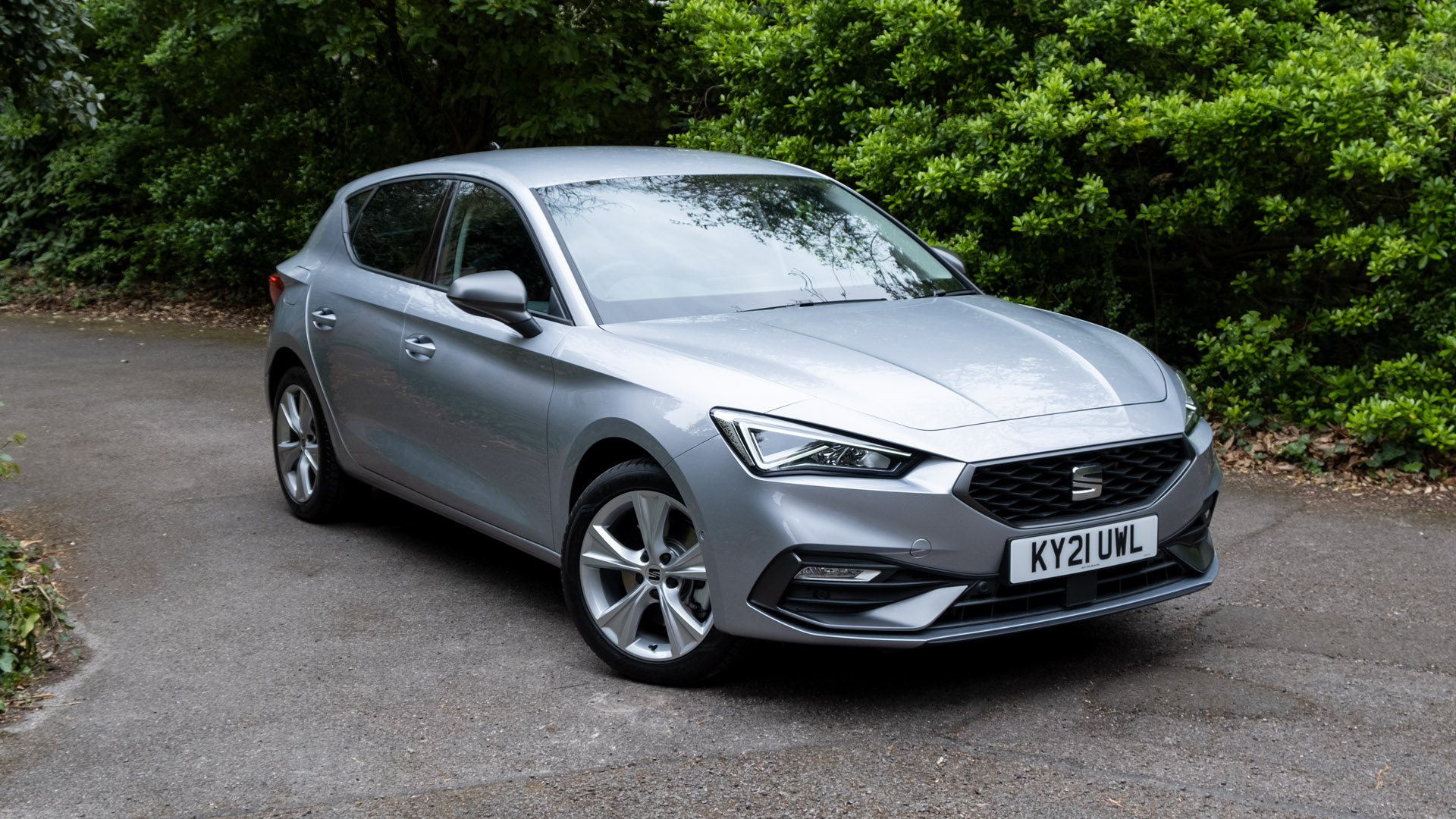
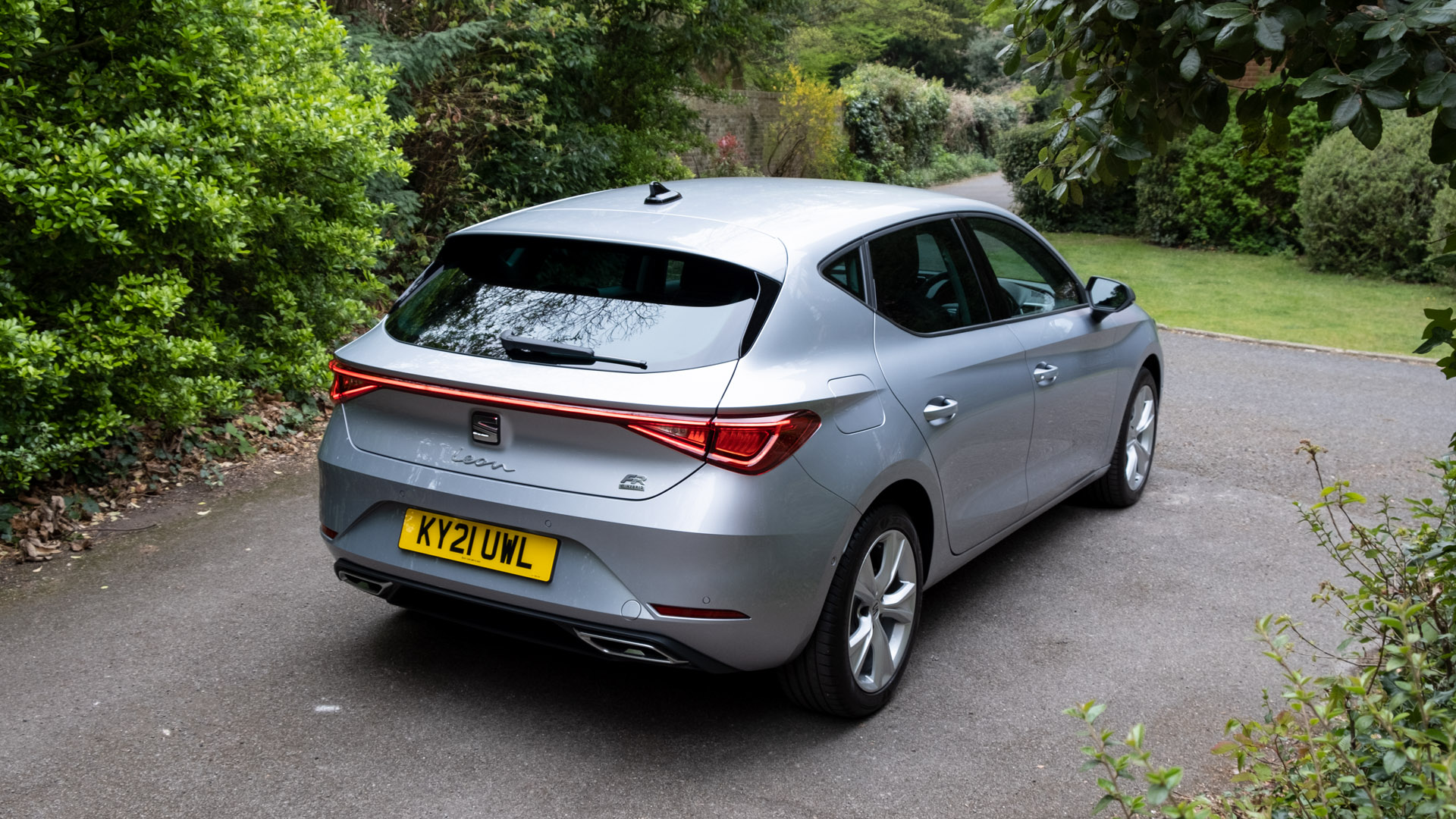
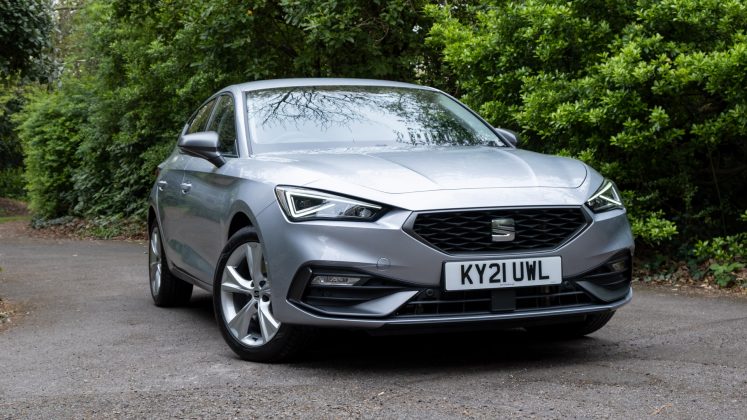
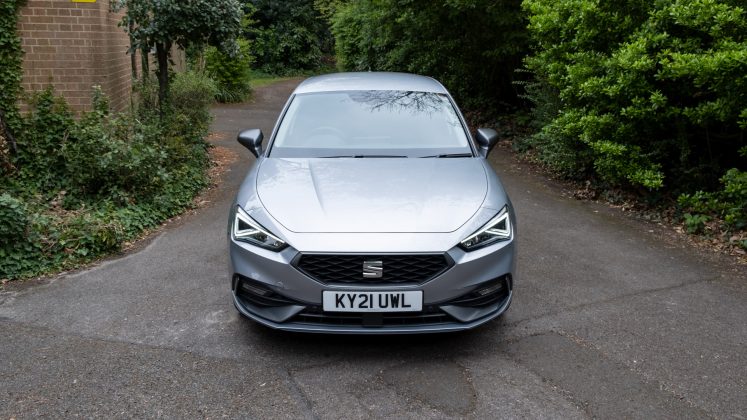
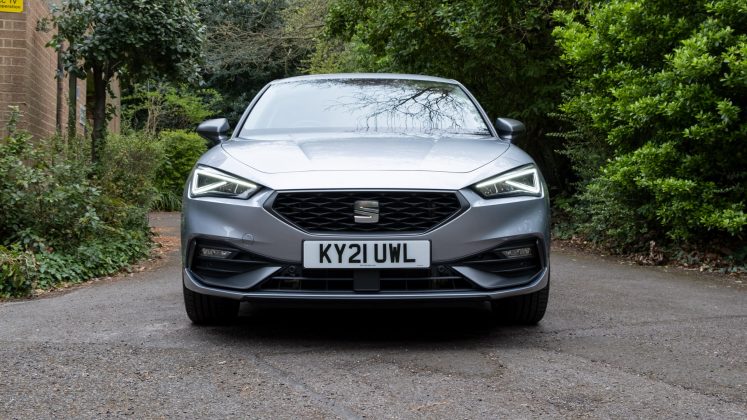
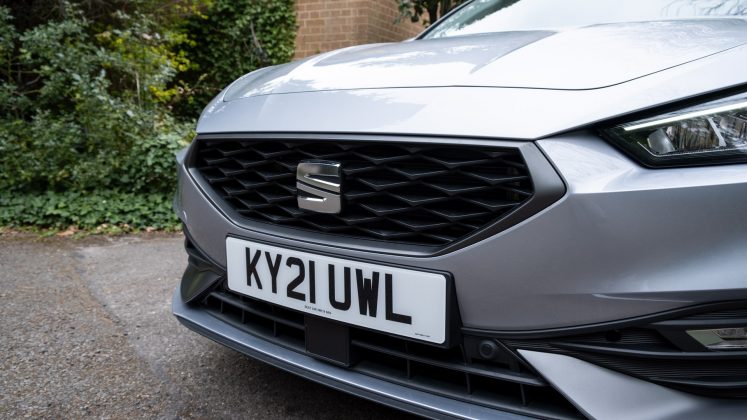
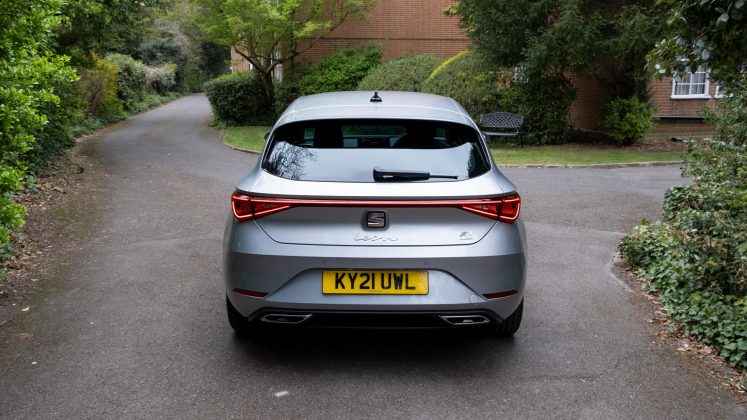
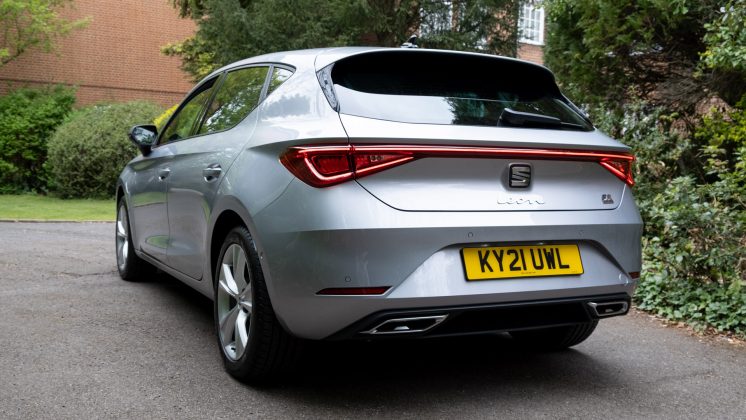
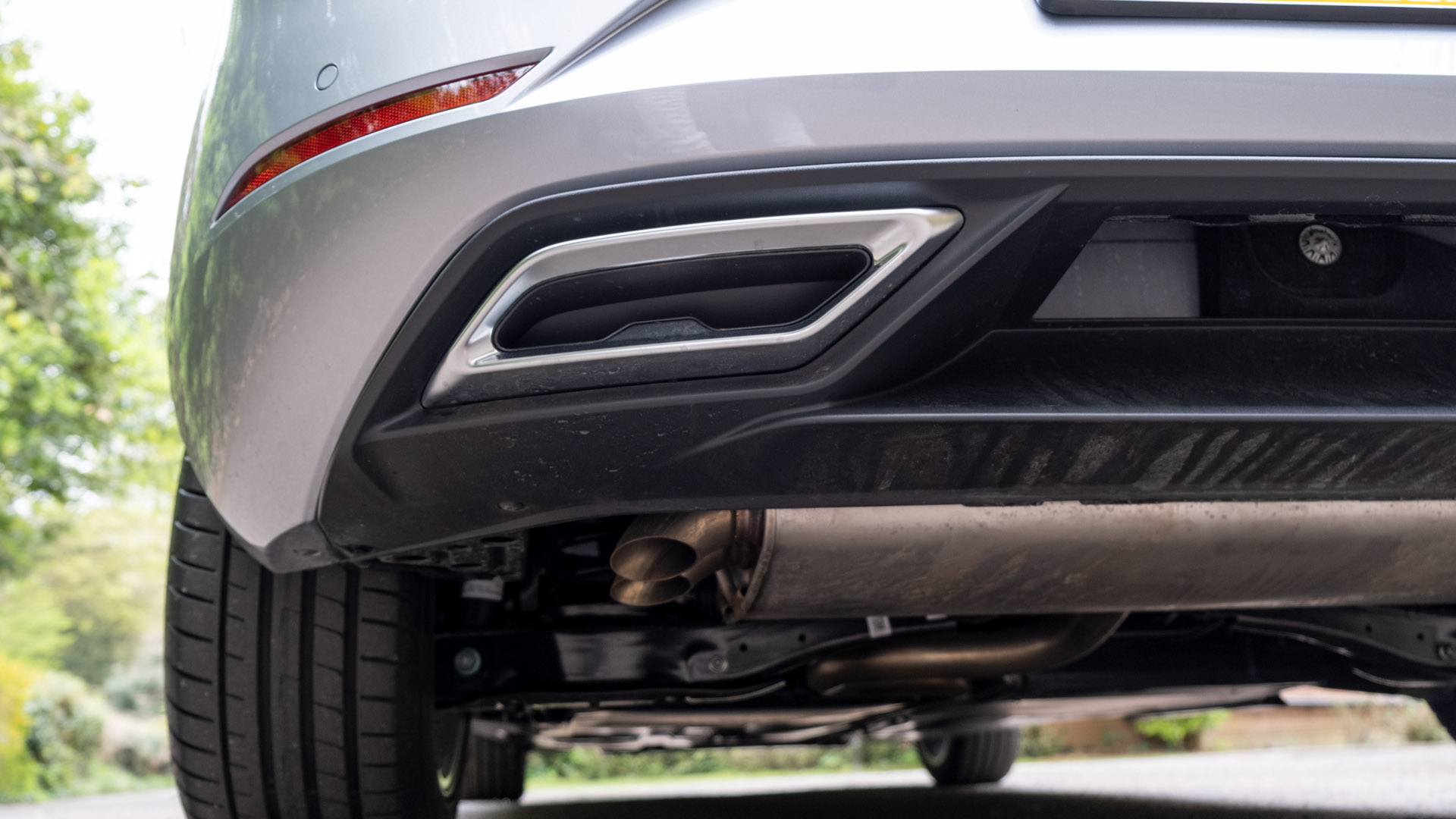
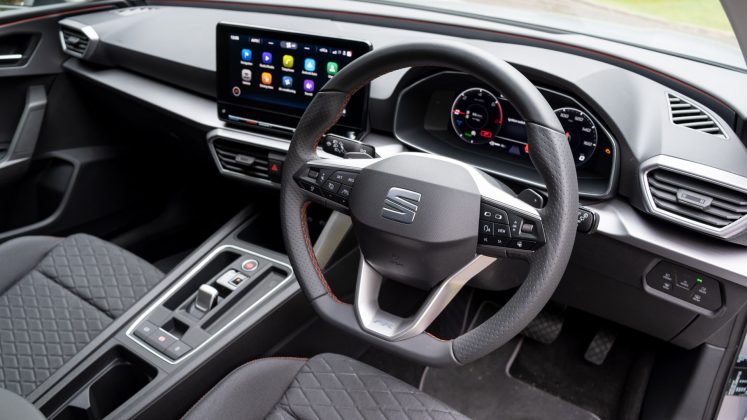
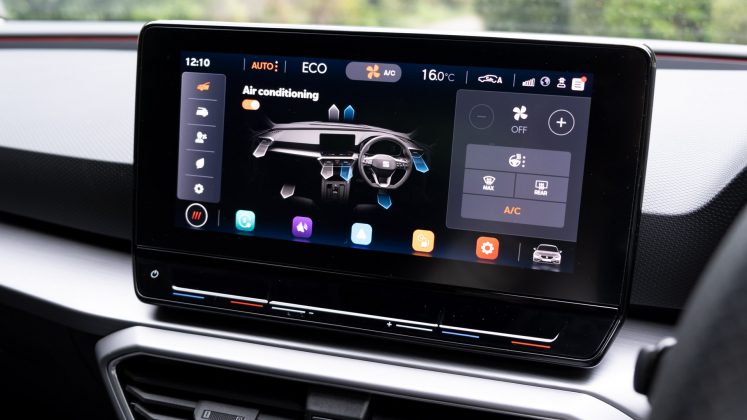
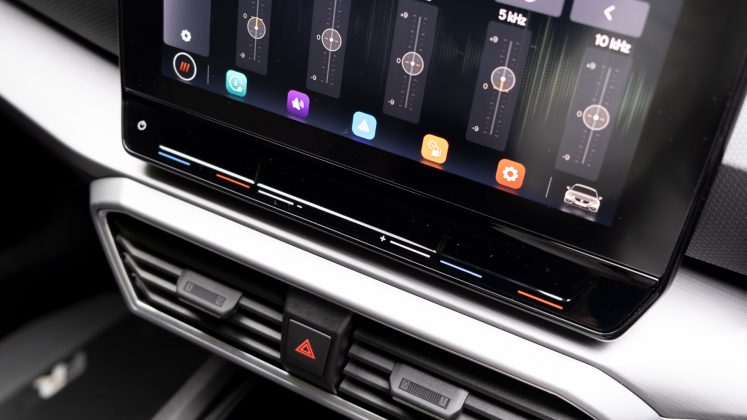
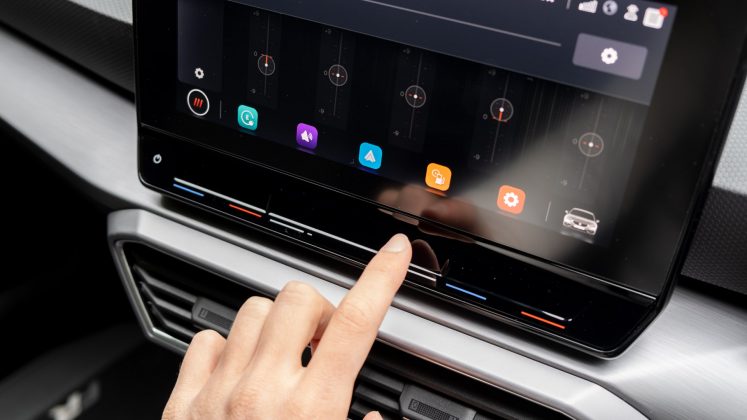
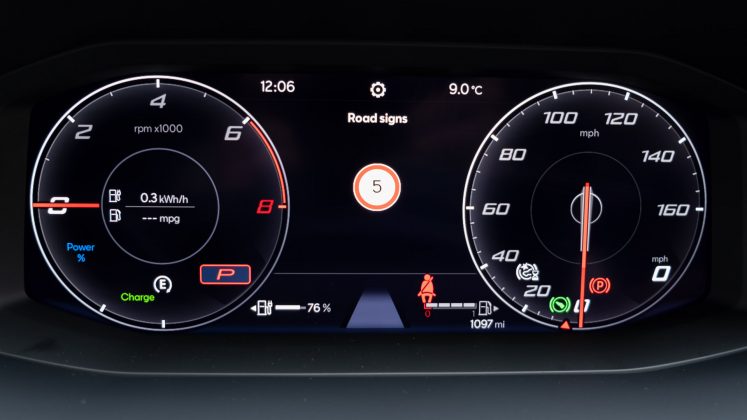
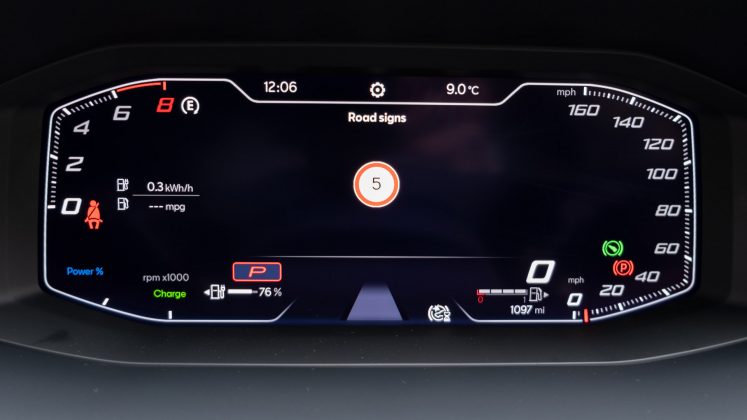
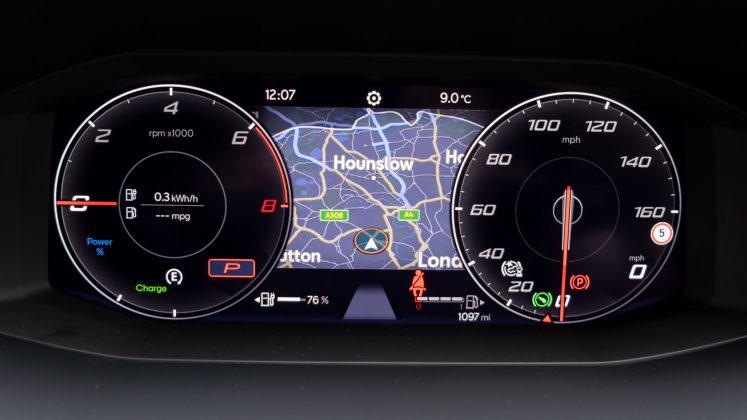
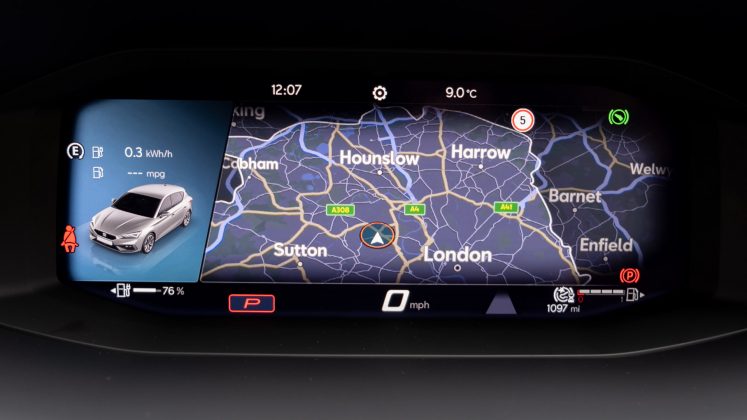
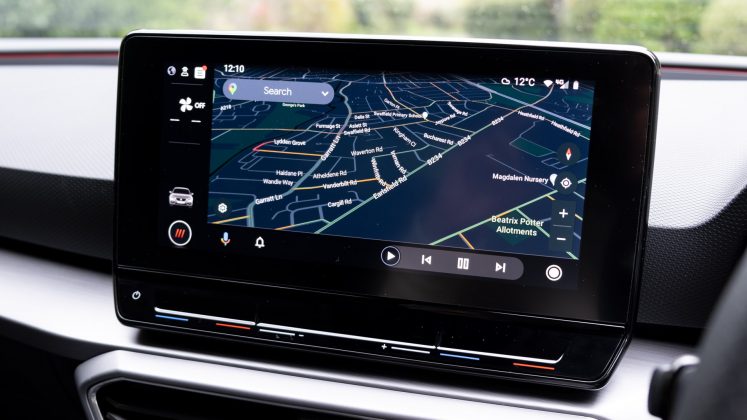
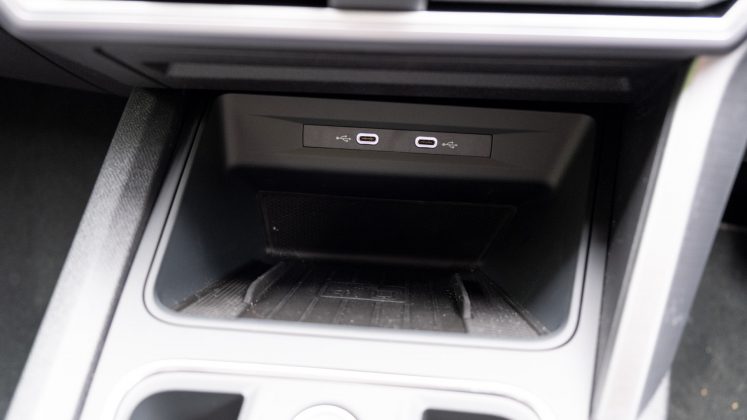
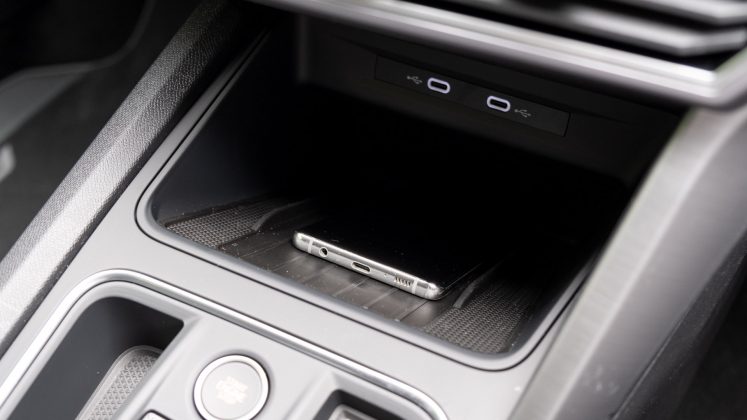
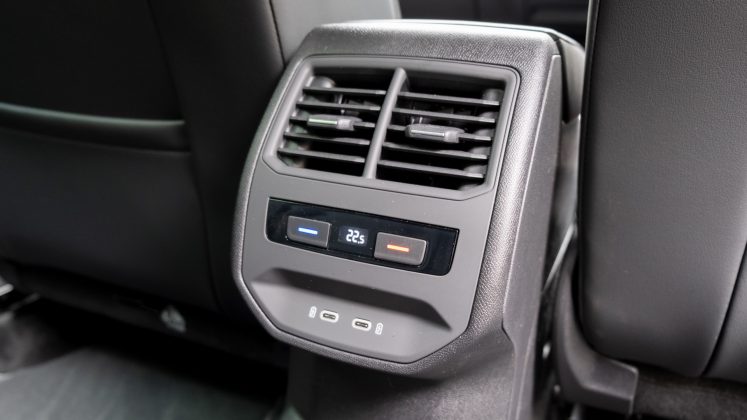
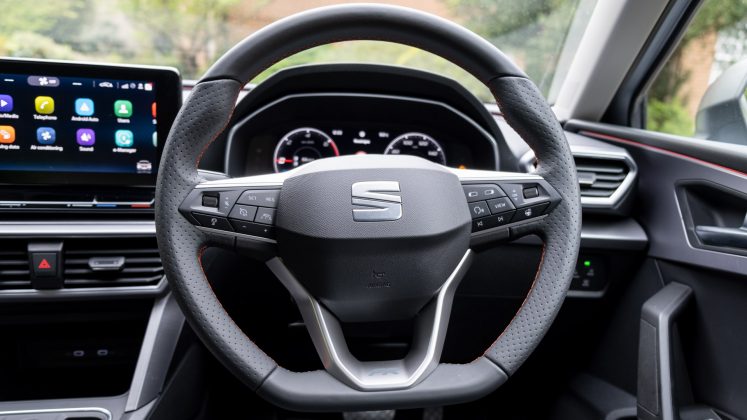
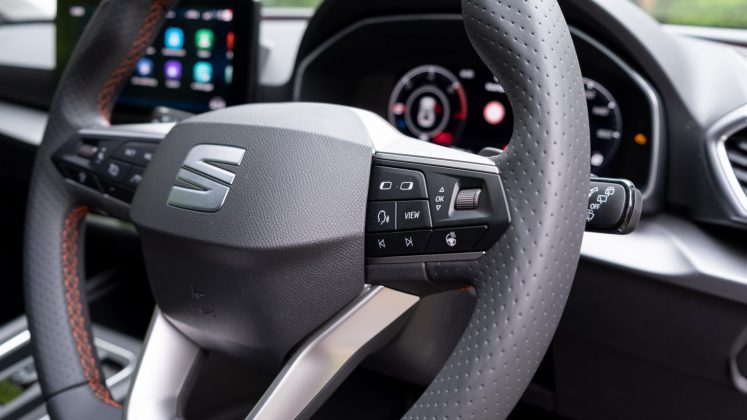
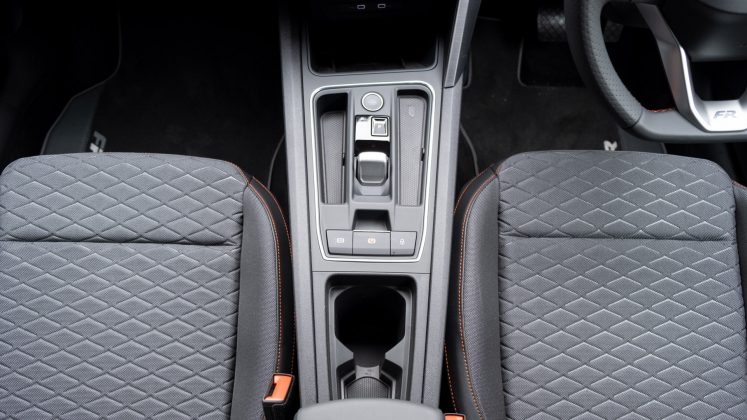
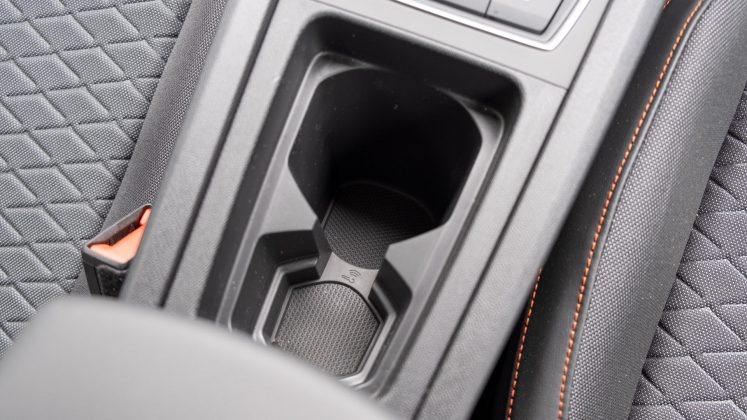
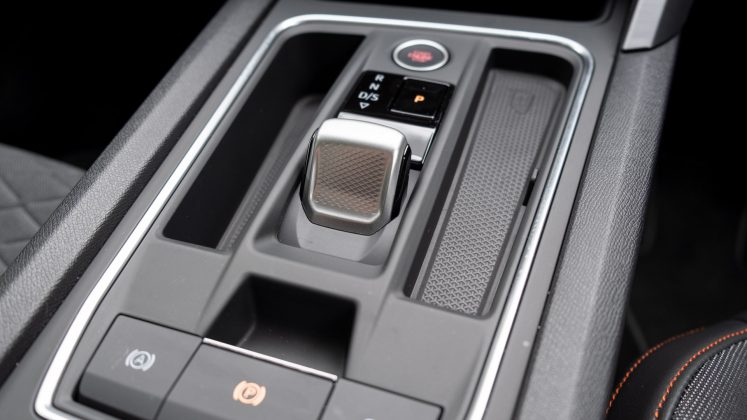
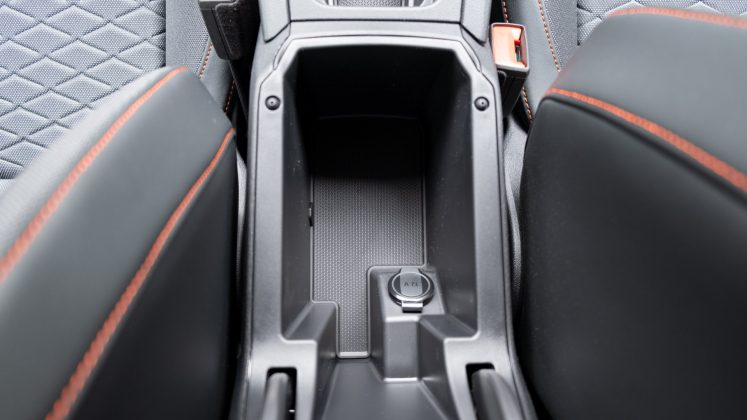
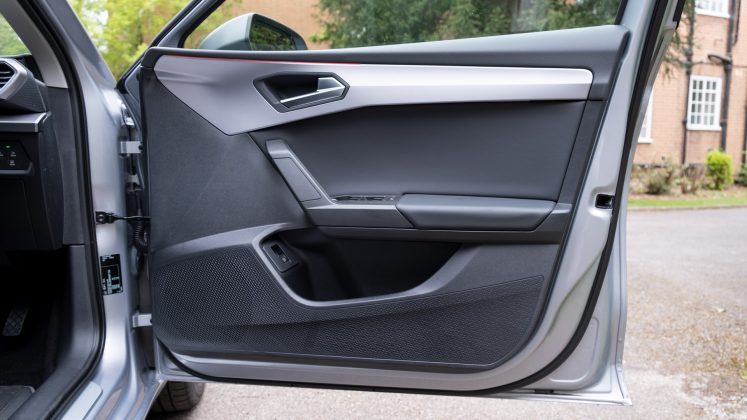
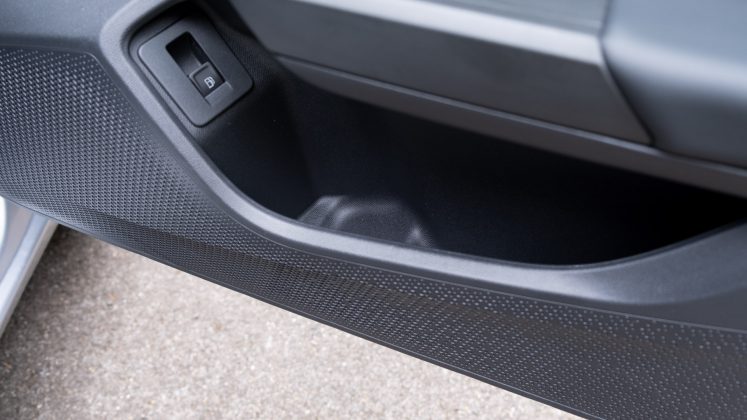
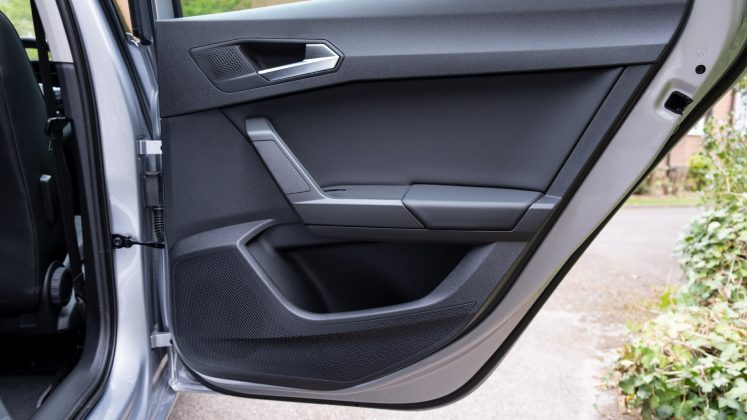
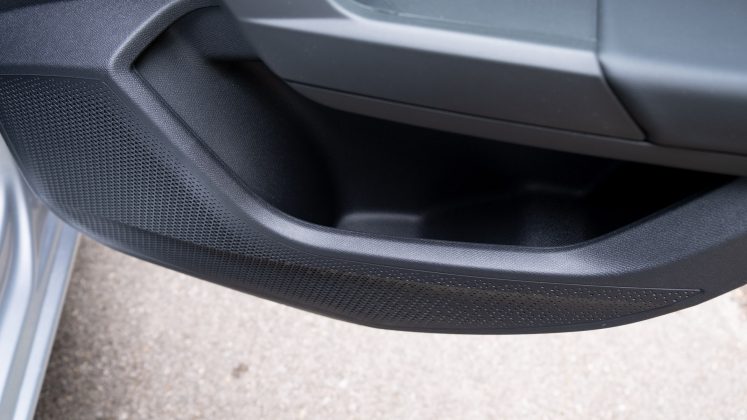
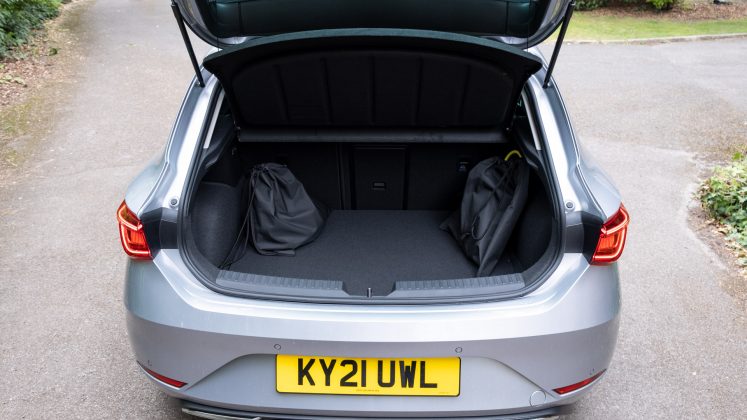
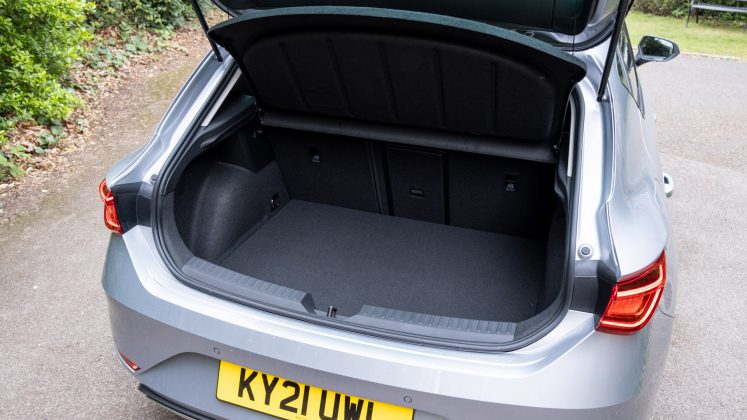
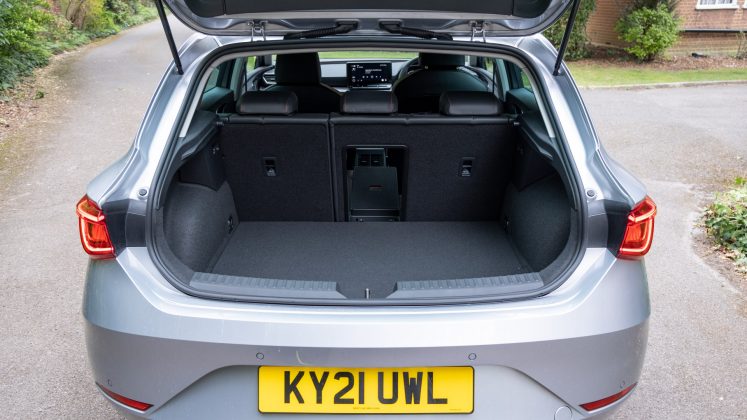
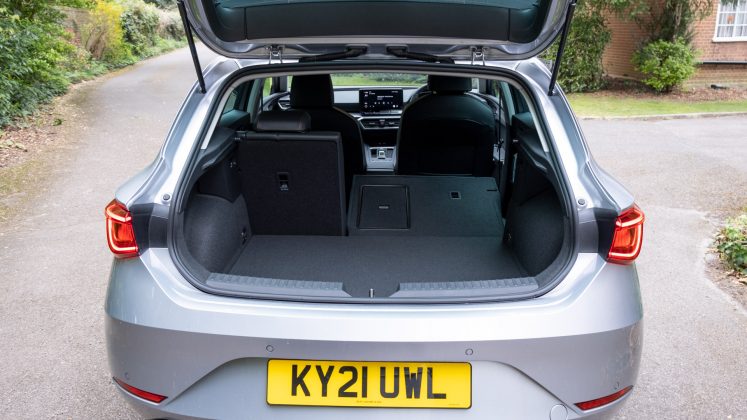
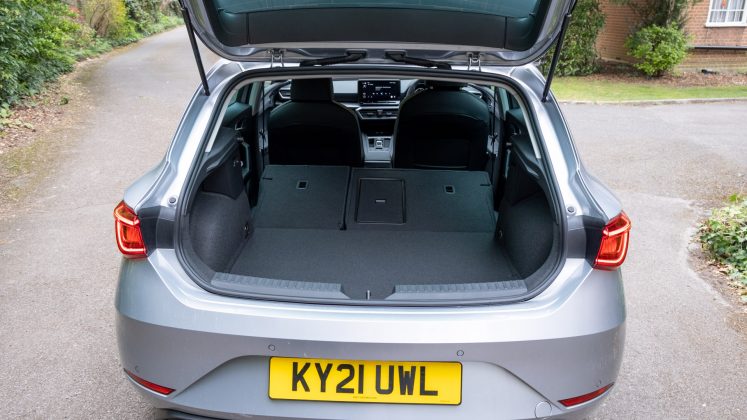
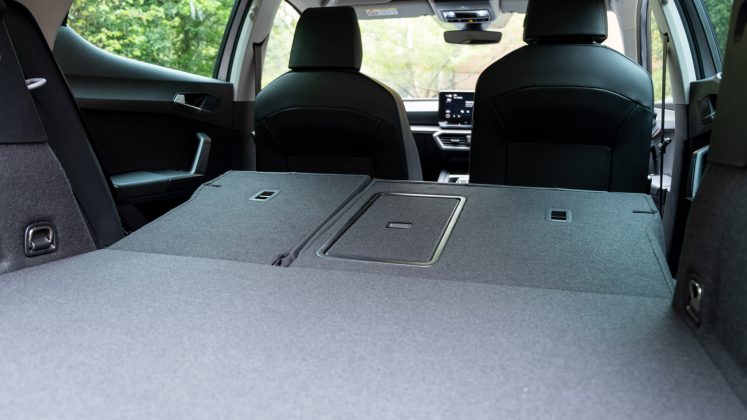
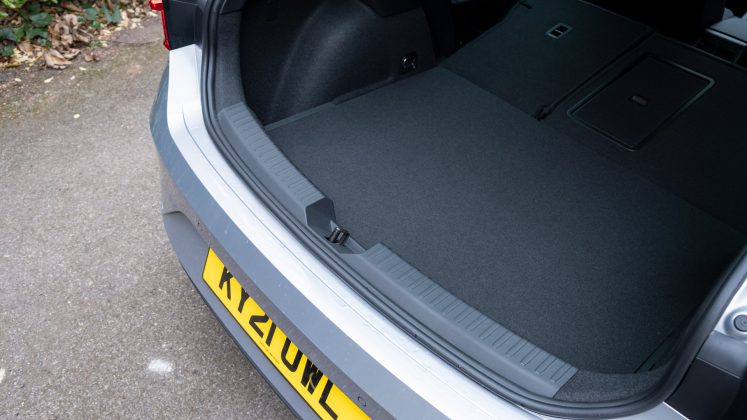
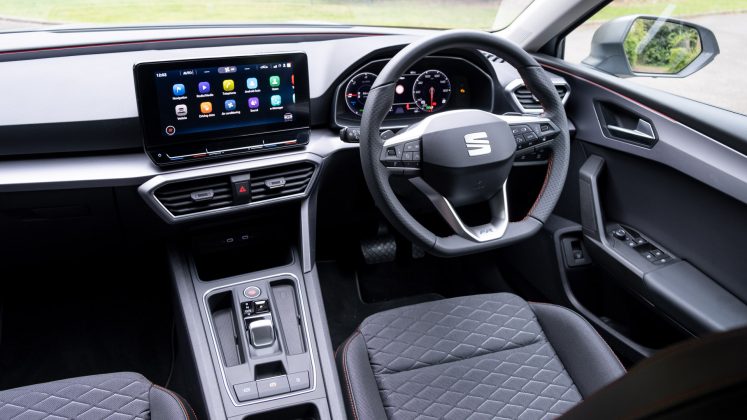
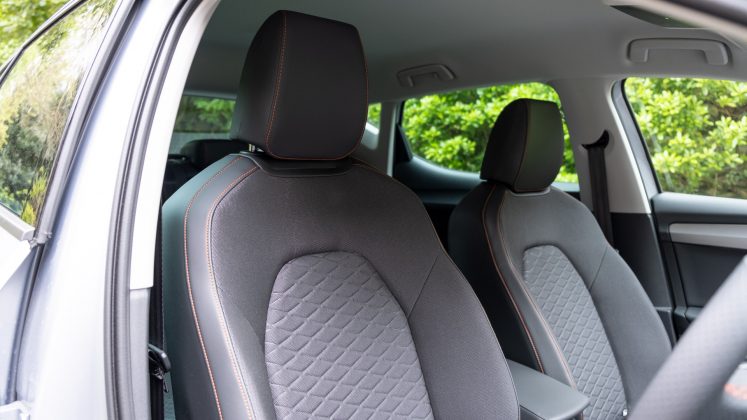
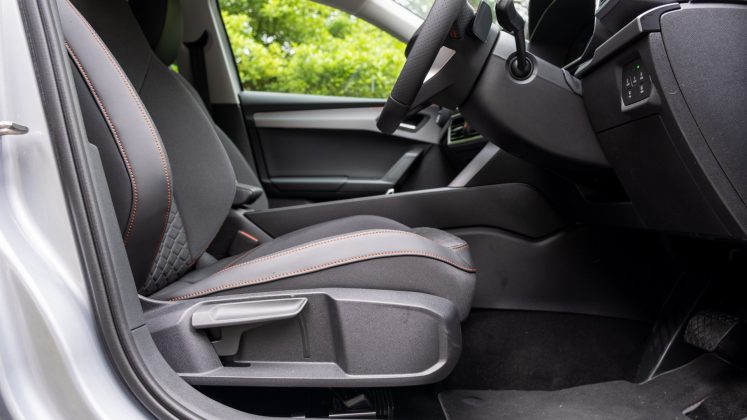
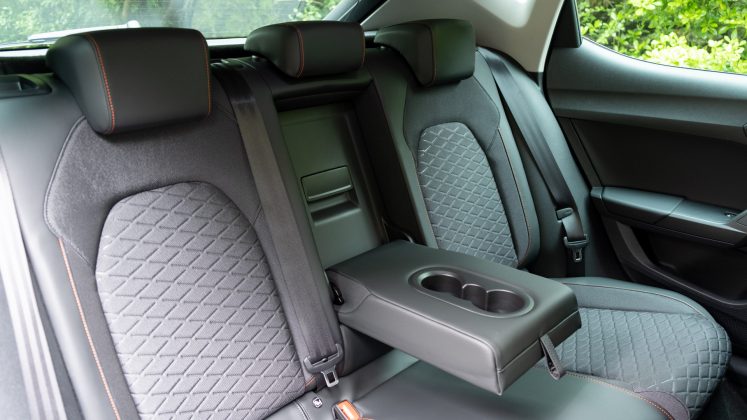
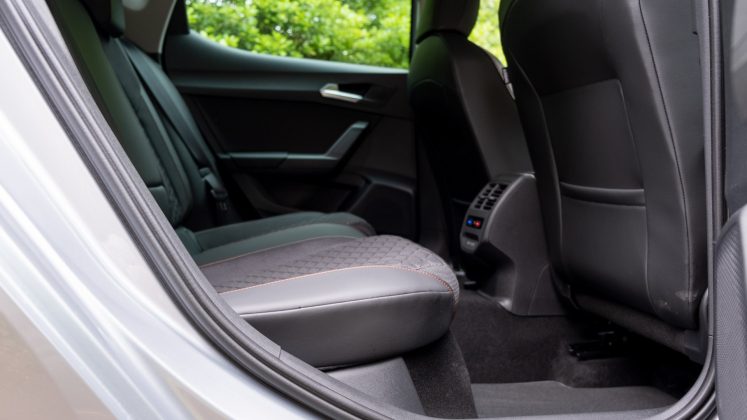
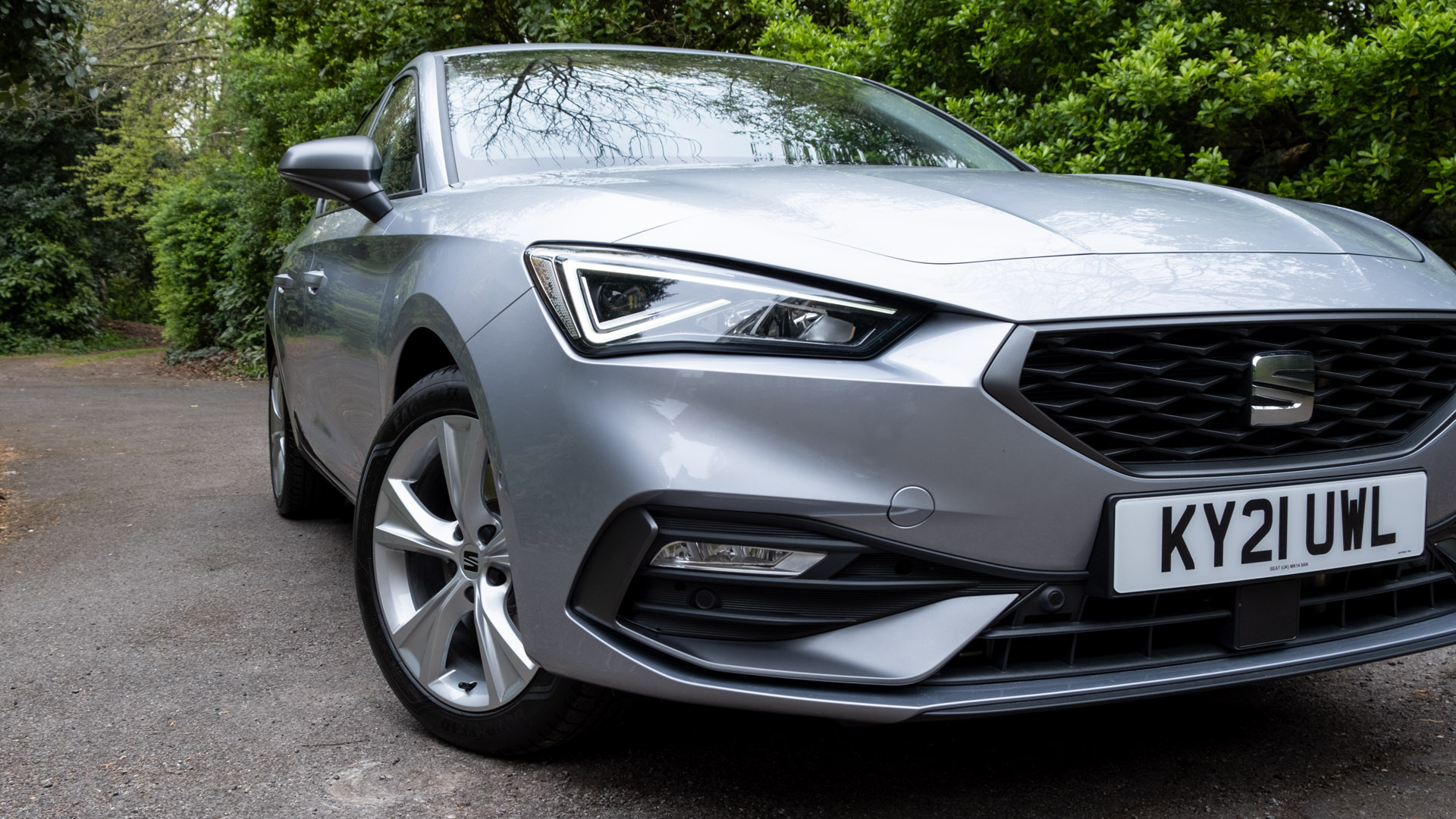
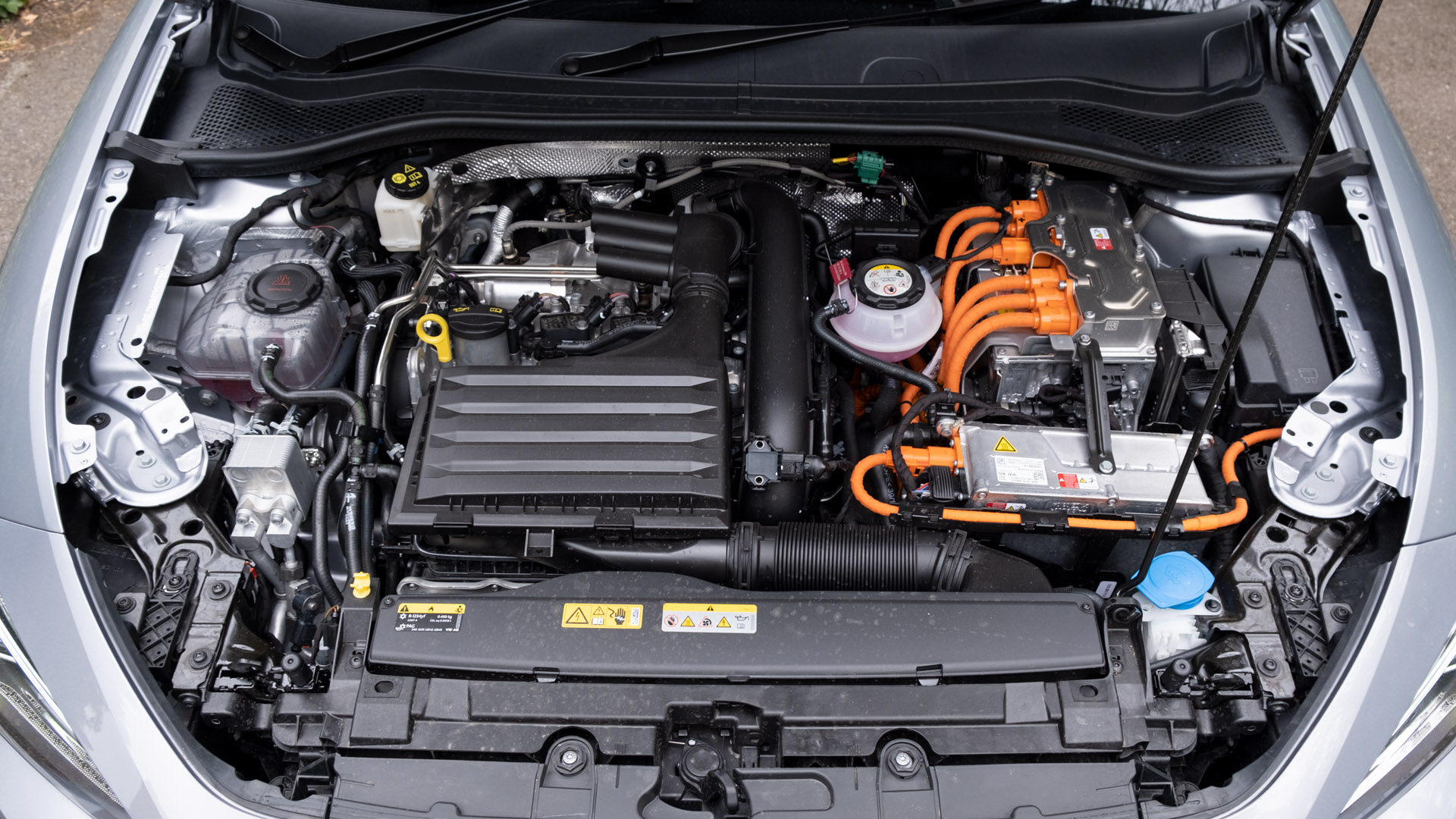
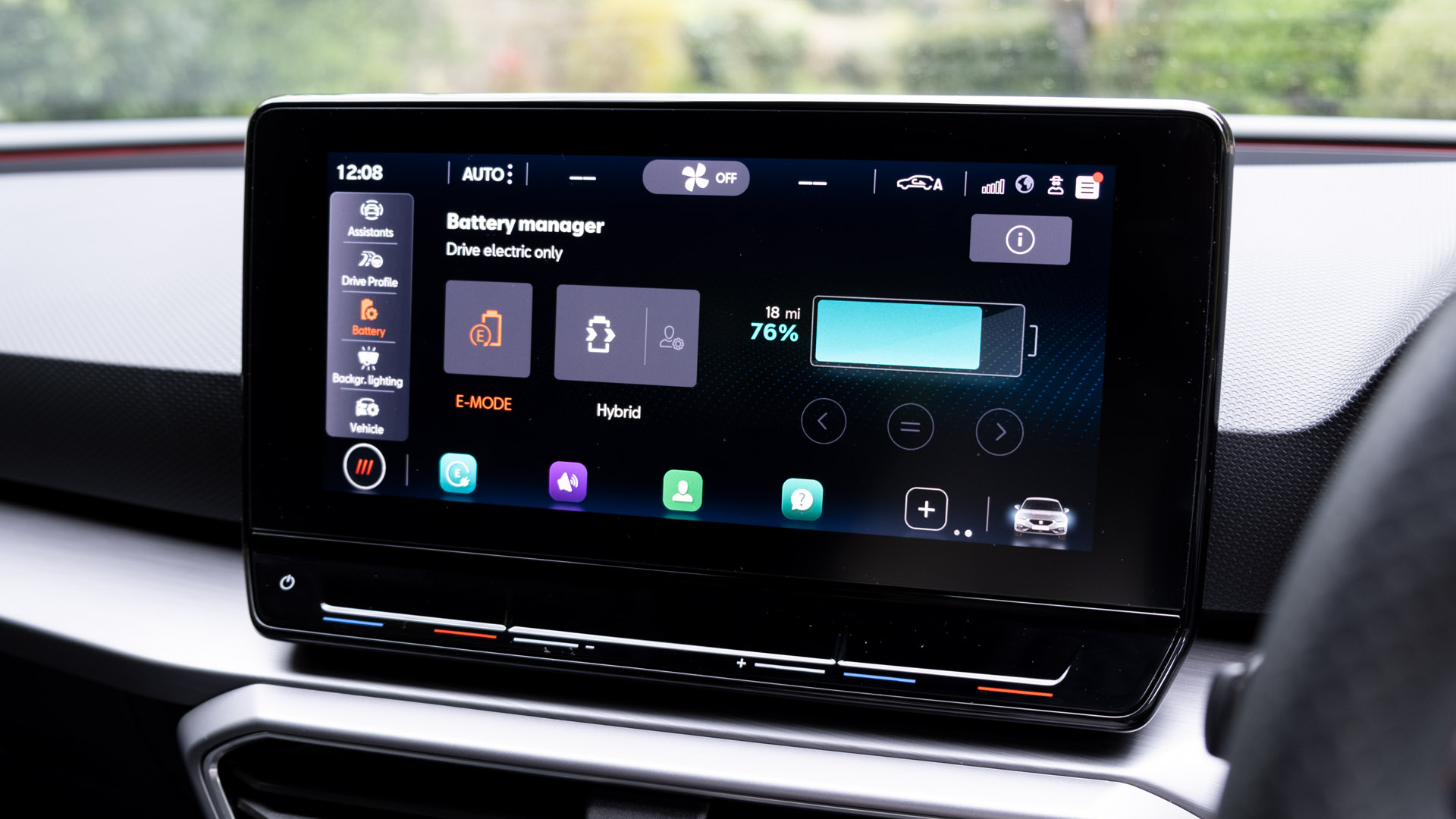
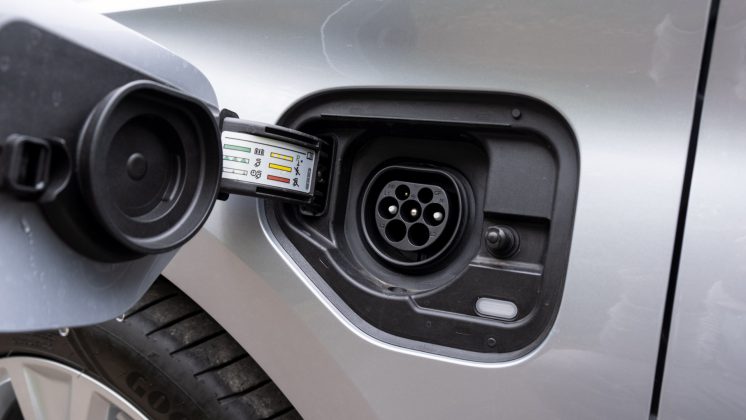
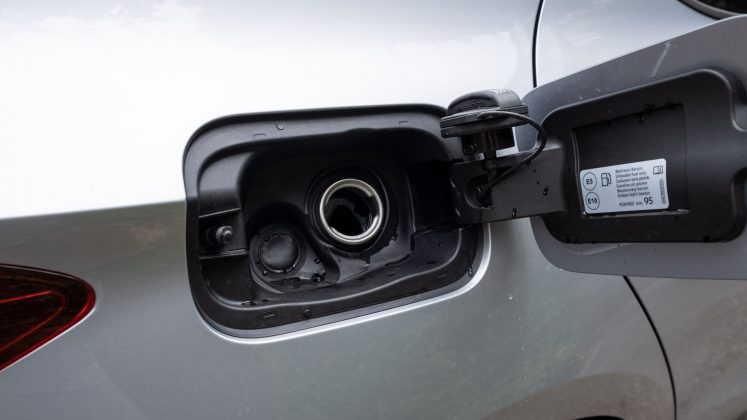
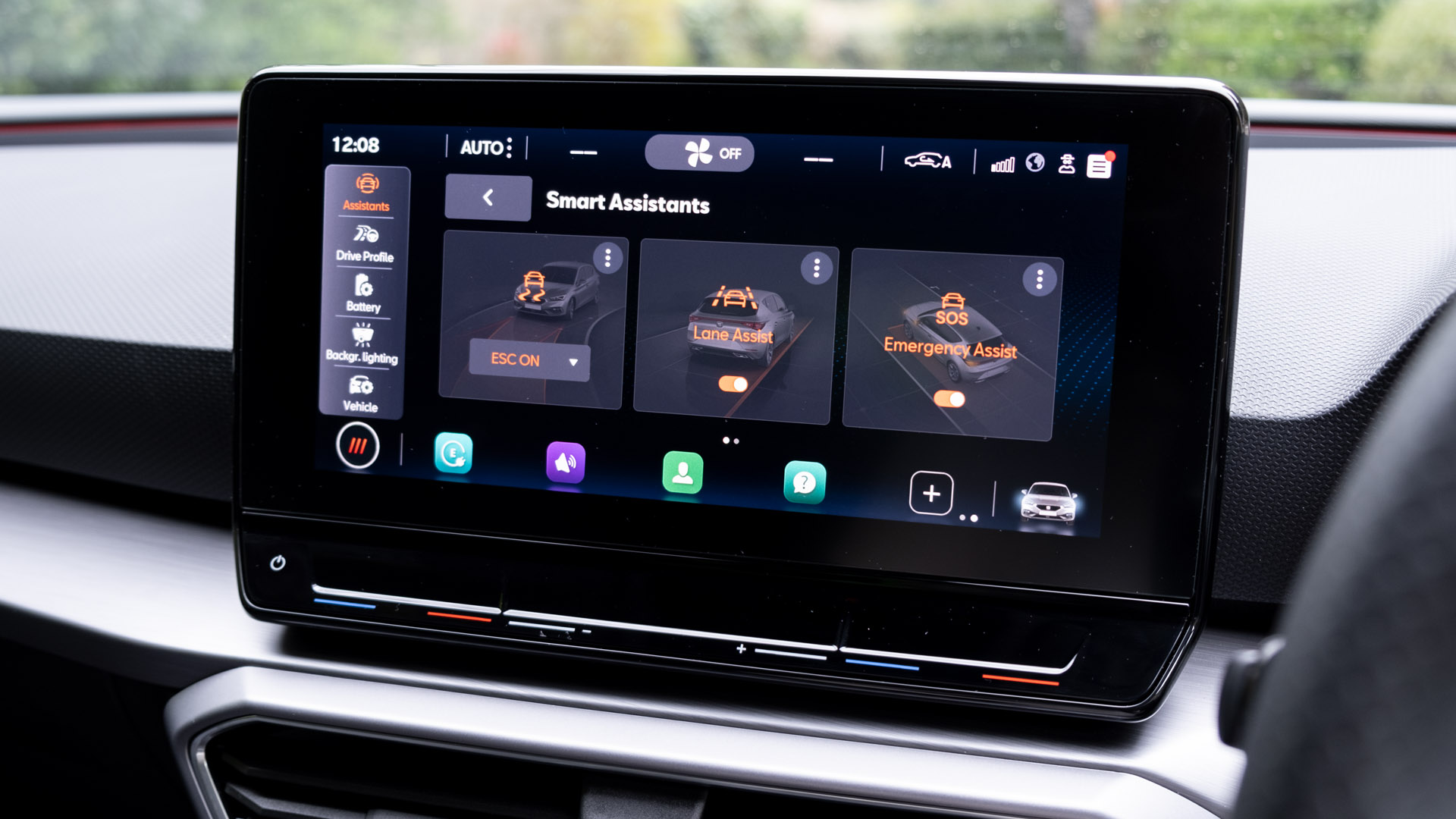
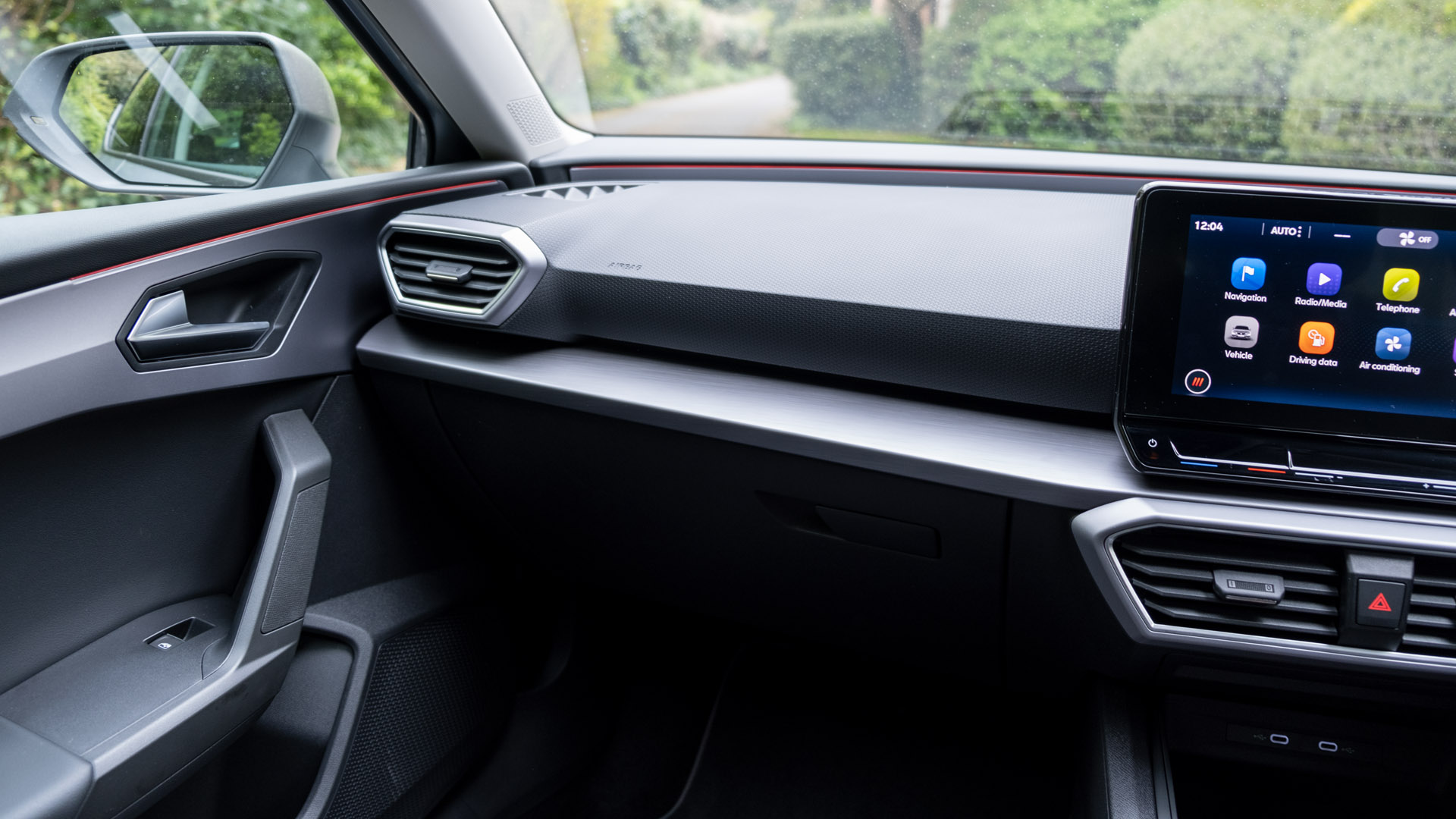
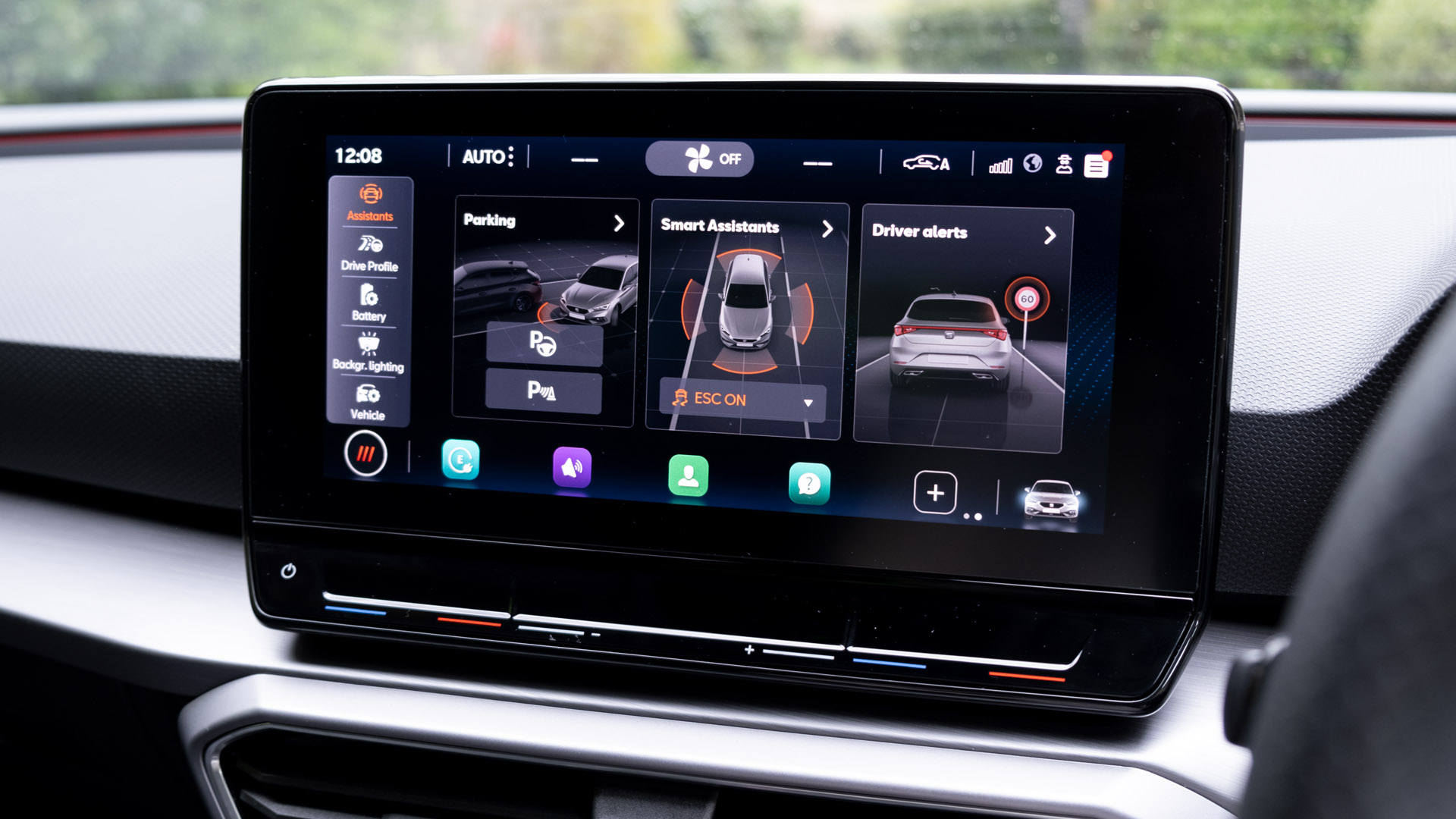
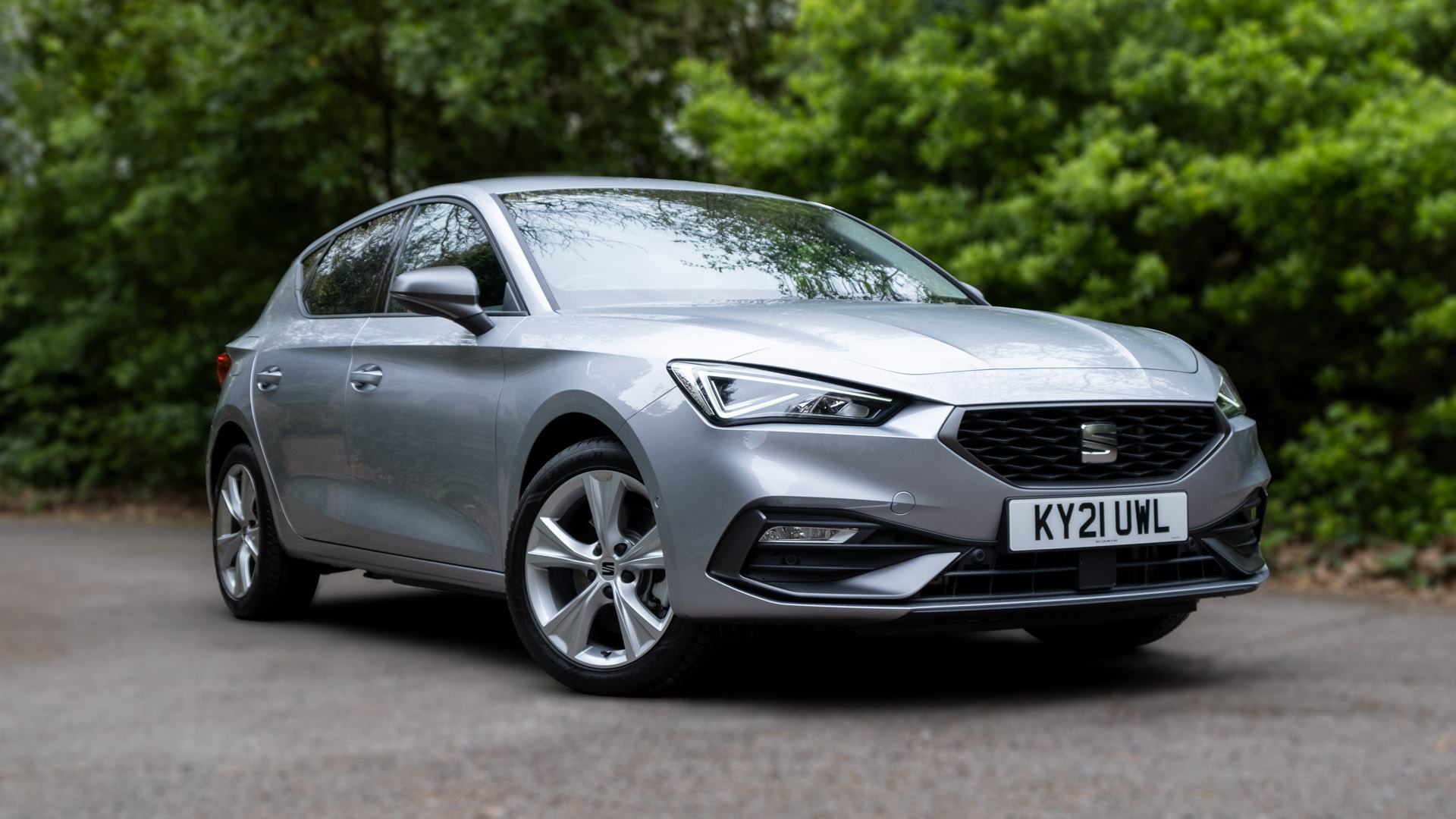




Why say all these come as standard they do not come as standard.
So stop misleading people.
Confused by your comment; we have a comprehensive list of what’s included per trim level at the beginning of the review – maybe you missed it?
Hi Christopher.
We have a Seat Arona FR 1.5, where achieving 55mpg on a typical journey is not an issue, whilst at one stage from Lincoln to Doncaster it did 61mpg. We will be taking delivery of the Leon 1.4 Hybrid in the next few weeks, so based on your experience, what realistically could we expect from the Leon if we keep it charged? Charging should not be an issue as we have a drive well away from any obstructions.
Hi Michael,
Really depends on the total amount of miles per trip. If you’re doing around 50 miles, then expect around the 55 MPG mark; if you do less (say your trip of around 30-40 miles), you might attain closer to the 60-70 MPG mark if not more. Of course, that’s all dependent on how you drive etc.
Hope that helps 🙂